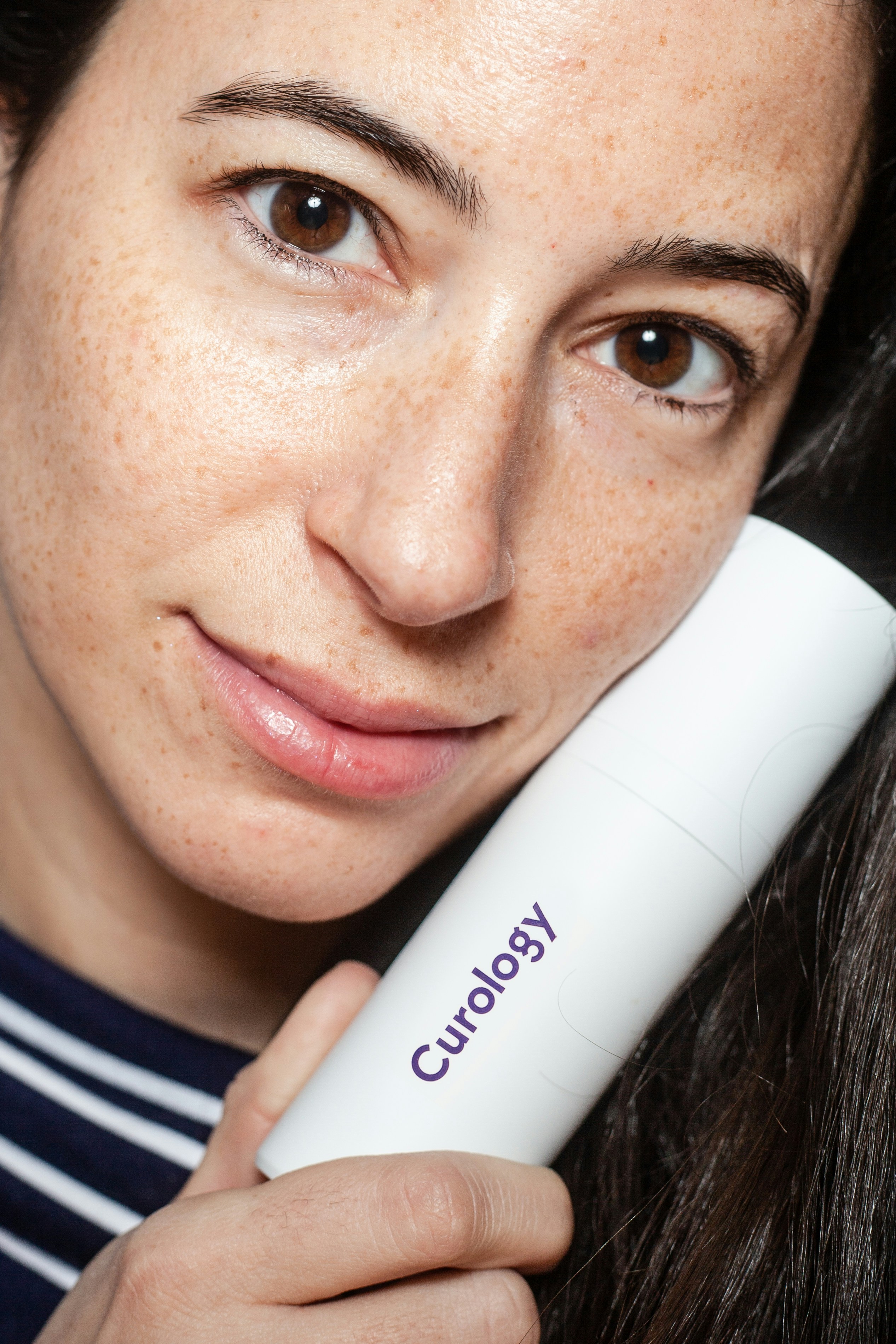
Understanding Broken Capillaries: Causes and Treatments
Broken capillaries are a common skin concern. They appear as tiny, red, web-like networks on the skin’s surface.

These are actually small blood vessels that have ruptured. They can occur anywhere on the body but are most commonly found on the face and legs.
Various factors contribute to their development. These include genetics, environmental damage, and certain lifestyle choices.
In this article, we delve into the causes of broken capillaries. We also explore the various treatment options available, from professional procedures to at-home care tips.
Whether you’re considering IPL, laser treatments, or simple skincare changes, this guide will provide you with the information you need. Our aim is to help you make informed decisions about managing and treating broken capillaries.
What Are Broken Capillaries?
Broken capillaries, also known as telangiectasia, are tiny blood vessels that become visible on the skin’s surface. They appear as red, purple, or blue networks, often resembling spider webs or tree branches.
While they pose no health risk, many people seek treatment for aesthetic reasons. Broken capillaries can cause skin redness and give the appearance of a constant flush or blush. They can be a source of self-consciousness, especially when they occur on the face.
Common Causes of Broken Capillaries
Broken capillaries can occur for a variety of reasons. They are often the result of a combination of genetic, environmental, and lifestyle factors.
Some people are genetically predisposed to broken capillaries. If your parents or grandparents had them, you might be more likely to develop them too.
Environmental factors also play a significant role. Sun exposure, for instance, can cause skin redness and damage the capillaries, making them more visible.
Lifestyle choices, such as alcohol consumption and smoking, can also contribute to the development of broken capillaries.
Lastly, certain skin conditions, like rosacea, can exacerbate the appearance of these tiny veins.
Genetics and Environmental Factors
Genetics can play a significant role in the development of broken capillaries. If your family members have them, you may be more prone to getting them too.
Environmental factors, such as sun exposure, can also contribute. The sun’s harmful rays can damage the skin and cause capillaries to break and become more visible.
Lifestyle and Skin Conditions
Lifestyle choices can also impact the appearance of broken capillaries. Excessive alcohol consumption and smoking can weaken the capillary walls, leading to their rupture.
Certain skin conditions, like rosacea, can also increase the likelihood of developing broken capillaries. These conditions cause inflammation and dilation of the blood vessels, making them more visible on the skin’s surface.
Professional Treatments for Broken Capillaries
Professional treatments can be highly effective in reducing the appearance of broken capillaries. These treatments target the affected blood vessels without damaging the surrounding skin.
One popular treatment option is Intense Pulsed Light (IPL) therapy. This treatment uses light energy to target and destroy the broken capillaries.
Another option is laser treatment. This method uses focused light to heat and destroy the broken blood vessels.
Both IPL and laser treatments can significantly reduce skin redness and improve skin texture. However, the best treatment for you will depend on your specific skin condition and needs.
“
Intense Pulsed Light (IPL) Therapy
IPL therapy is a non-invasive treatment that uses light energy to target broken capillaries. The light energy is absorbed by the blood vessels, causing them to coagulate and eventually fade away.
This treatment can be highly effective, but it may require multiple sessions for optimal results. It’s important to consult with a skincare professional to determine if IPL therapy is right for you.
Laser Treatment Options
Laser treatments are another effective option for treating broken capillaries. These treatments use focused light to heat and destroy the affected blood vessels.
There are various types of lasers available, and the best one for you will depend on your specific skin condition. A skincare professional can help you determine the most suitable laser treatment for your needs.
Finding Laser Treatment Near You
Finding a professional who offers laser treatment for broken capillaries can be as simple as doing an online search. Look for “laser treatment for broken capillaries near me” to find local providers.
It’s important to choose a provider who is experienced and has positive reviews. This will ensure you receive the best possible treatment.
At-Home Care and Prevention
While professional treatments can be highly effective, at-home care is also crucial. Proper skincare and lifestyle habits can help prevent new broken capillaries from forming.
Using sun protection, avoiding extreme temperatures, and maintaining a gentle skincare routine can all help. It’s also important to avoid alcohol and spicy foods, which can exacerbate skin redness.
Best At-Home IPL Devices
For those interested in at-home treatments, there are several IPL devices available. These devices can be a cost-effective alternative to professional treatments.
However, they may not be as powerful as professional devices. It’s important to research and choose the best at-home IPL device for your needs.
Skincare and Lifestyle Tips
Maintaining a healthy lifestyle can also help prevent broken capillaries. This includes staying hydrated, eating a balanced diet, and getting regular exercise.
In terms of skincare, using products with vitamin C and other antioxidants can help strengthen capillary walls. Always remember to be gentle with your skin to avoid causing further damage.
Cost Considerations for Treatments
The cost of treatments for broken capillaries can vary widely. It depends on the type of treatment, the area being treated, and the number of sessions required.
Keep in mind that insurance may not cover these treatments. Always consult with your provider to understand the potential costs involved.
Risks and Side Effects of Treatments
Like any medical procedure, treatments for broken capillaries carry some risks. These may include temporary redness, swelling, or bruising in the treated area.
In rare cases, more serious side effects can occur. Always discuss potential risks with your healthcare provider before starting any treatment.
When to See a Professional
If you’re concerned about broken capillaries, it’s best to consult a professional. Dermatologists and skincare experts can provide personalized advice and treatment options.
Remember, early intervention can prevent further damage. Don’t hesitate to seek help if you notice persistent skin redness or visible veins.
Conclusion and Next Steps
Understanding broken capillaries is the first step towards effective treatment. With the right knowledge, you can make informed decisions about your skincare routine and treatment options.
Remember, consistency is key. Whether you opt for professional treatments or at-home care, regular maintenance can help manage and prevent broken capillaries.
At Belle Clinic, we’re passionate about helping you achieve your body goals with our state-of-the-art fat dissolving treatments. With our personalized approach and commitment to excellence, we’ll work with you every step of the way to sculpt the silhouette you’ve always dreamed of. Ready to start your journey to a more confident you? Book your consultation with us today at Belle Clinic https://www.belleclinic.co.uk/ and take the first step towards a more beautiful and empowered version of yourself. Book Now